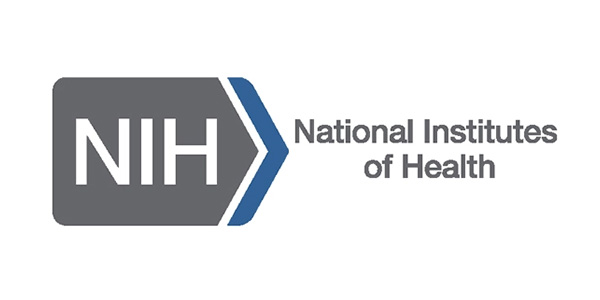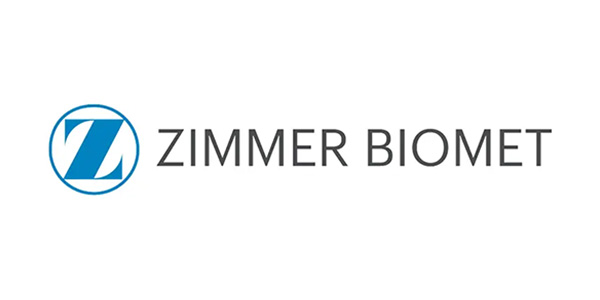USBJI World Summits
Musculoskeletal Summit - 2013
The 2013 USBJI's Musculoskeletal Summit was held November 18-19, in Washington, DC, on the theme "Best Practices in Patient-Centered Musculoskeletal Care."
The concept for a biennial summit came originally from a highly successful conference in 2009, the first of its kind to bring together the leaders of the musculoskeletal community in the United States. This meeting led to a Summit in 2011 on "The Value in Musculoskeletal Care," the results of which have been published in Seminars in Arthritis and Rheumatism in the journal PM&R. As discussions at the 2011 Summit indicated, increasing value in musculoskeletal care will be best accomplished by determination of best practices and development of strategies for their implementation, optimally using interdisciplinary approaches. Along with members of the USBJI, the Summit created a very exciting program to engage relevant stakeholders and address the important issue of best practices.
Access to quality musculoskeletal care is high on the radar for administrators, policy makers, and legislators concerned about how to manage costs while upholding care standards. Now is the time for stakeholders in all aspects of bone and joint health to determine best practices for patient-centered care.
The 2013 Summit provided an opportunity for the full range of stakeholders in our community to collaborate on recommendations on patient care and delivery systems for people with musculoskeletal conditions. Summit interactions and thus innovative multidisciplinary approaches to patient-centered musculoskeletal care will be enriched by drawing on work accomplished by various disciplines and perspectives.
The 2013 Summit will produce a position paper that articulates priorities and establishes the framework for an action plan that will help optimize care and reduce disparities for patients of all ages.
Musculoskeletal Summit - 2011
The Musculoskeletal Summit was the first in a series of summits for the leadership and staff of musculoskeletal healthcare professionals and patient organizations, government officials, insurance, and industry representatives. It was held October 12-13, 2011 at the Washington Court Hotel, Washington, DC. The theme of the summit was "The Value in Musculoskeletal Care."
The cost of musculoskeletal disease in the United States is approaching $1 trillion each year and is likely to increase as the population ages and lifestyles become more active. These increases are occurring at a time of an unprecedented debate on health care and possible redirection of major programs. Since overall health care expenditures in this country continue to rise, the current models for care delivery may not be sustainable, demanding new strategies to optimize health and improve quality of life. To meet the challenges of a changing world and establish priorities for resource allocation in the future, the musculoskeletal health care community must define and measure the value of the care it provides. The United States Bone and Joint Initiative (USBJI) views this issue as critical and convened a summit to address value from the perspective of patients, providers, industry and payers among others.
The USBJI engaged a broad range of stakeholders who considered the value in musculoskeletal care. By definition, value represents a standard or feature regarded as desirable or worthwhile. While the value of care involves quality (outcomes) and cost-effectiveness, it transcends both in its impact on patients and on society. Determining value in care demands consideration of societal as well as personal health and well-being that can result from diverse approaches for prevention and treatment. Given the increasing costs of health care and the changing demographics, it is imperative that we focus attention now on the outcomes, cost and cost-effectiveness of musculoskeletal care. The USBJI is committed to a leadership role in improving the health of the nation and making value an important goal of musculoskeletal care in all of its dimensions.
The conference provided an opportunity for leaders in musculoskeletal industry, Members of Congress, and Administration officials to interface on this important topic. We are most grateful to summit co-chairs Dr. Gunnar Andersson, Dr. Steve Gnatz, and Dr. David Pisetsky for putting together an excellent program.
Bone and Joint Decade Global Network Conference 2009
The USBJD hosted the annual Bone and Joint Decade Global Network Conference in 2009, October 21-24, 2009, at the JW Marriott and on Capitol Hill, Washington, DC. The meeting brought together delegates from 56 countries that have formed Bone and Joint Decade National Action Networks, as well as 40 organizations that make up the U.S. Bone and Joint Decade National Action Network, many represented by their leadership.
At the time of the meeting, the Bone and Joint Decade was approaching the completion of Phase 1, the founding of a movement to raise awareness and to better educate professionals and the public about musculoskeletal health, and to increase research that will lead to improved diagnosis and treatment. As the Decade prepared for Phase 2, this meeting emphasized the progress made in the formative years of the Decade and advances in the prevention and effective management of musculoskeletal conditions. It engaged participants as advocates and to better understand the role of advocacy in advancing the mission of the Global Bone and Joint Decade, and most importantly it began the strategic planning for the future. A clear consensus emerged from the conference on the need for the Bone and Joint Decade to continue beyond 2010 (2011 in the US). At the USBJD Board meeting in December 2009, it was unanimously decided that the USBJD should continue beyond 2011.
PROGRAM AND PARTICIPATION
The conference program consisted of a two-day Patient Advocacy Meeting, October 21-22, and the Global Network Conference, October 23-24, a two-day education and strategic planning meeting for health care providers, patients, patient advocates, government officials, and industry. The meeting highlighted the significant burden of disease posed by musculoskeletal conditions and why raising awareness and engaging in advocacy are important means to advance prevention and treatment.
Thursday, October 23, Advocacy Day, the program focused on raising awareness of musculoskeletal conditions on Capitol Hill. Delegates to the Patient Advocacy Meeting and the Global Network Conference were invited. Thursday evening, a reception was held at the Canadian Embassy to mark the opening of the Global Network Conference.
Meetings with congressional leaders, and officials of foreign embassies were held. A Host Committee of Senators, Congressional Leaders, Ambassadors, and influencial people concerned with musculoskeletal health was formed.
This was the most significant gathering of the United States Bone and Joint Decade and the leadership of its participating organizations as we welcomed the representatives of Bone and Joint Decade National Action Networks from around the world.
Click sub-sections in "More Content" above to review the Impact Statement (Needs Assessment statement), Background on the Bone and Joint Decade, the Program Book, overview of attendees and BJD participating countries, the Host Committee, the Organizing Committee, and Opportunities to Support the Conference.
|






